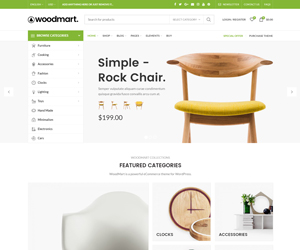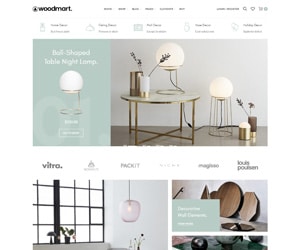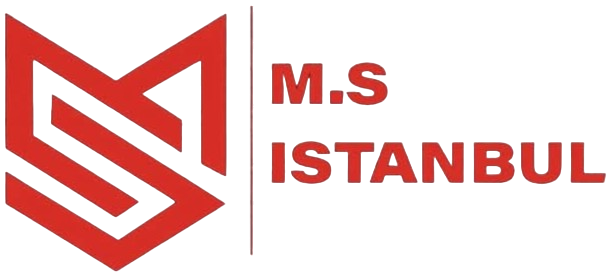Why Gear Icons Reflect Industrial History in Modern Design
Iconography plays a vital role in modern user interfaces, serving as a visual language that communicates functionality quickly and efficiently. Symbols like gears, cogs, and machinery are more than mere decorative elements; they carry a rich historical significance rooted in the industrial era. Understanding how these symbols evolved and what they signify today can deepen our appreciation of contemporary design and its cultural references.
This article explores the fascinating journey of gear icons—from their origins in early industrial contexts to their continued relevance in digital and graphic design. We will examine how these symbols embody notions of progress, interconnected systems, and stability, and how they subtly influence user perception and brand identity today.
Table of Contents
- The Evolution of Industrial Symbols and Their Visual Language
- Semantic Foundations of Gear Icons in Modern Design
- Industrial History as a Narrative in Visual Elements
- Case Study: Modern Examples of Gear Icons Reflecting Industrial Heritage
- The Subtle Language of Design: Beyond the Obvious
- The Broader Impact of Industrial Symbols on Modern Visual Culture
- Conclusion: Bridging Past and Present Through Iconography
The Evolution of Industrial Symbols and Their Visual Language
The origins of gear and machinery icons trace back to the dawn of the Industrial Revolution in the 18th and 19th centuries, where machinery became emblematic of technological progress. Early representations were purely utilitarian, designed to be simple mechanical diagrams or schematic symbols on factory signage. These icons needed to be immediately recognizable and functional, often rendered in black and white for clarity in factory manuals and safety signs.
Over time, these symbols transitioned from purely functional icons to more stylized graphical elements. As industrial design matured, so did the visual language associated with machinery—becoming more abstracted and simplified for broader applications, including branding and digital interfaces. For example, the classic gear shape evolved into sleek, minimal forms that maintain their core symbolism but adapt to contemporary aesthetics.
The enduring visual appeal of gear icons across different eras underscores their powerful capacity to communicate complex ideas like interconnectedness, efficiency, and progress. Their recognizability has made them a staple in various contexts—from mechanical engineering diagrams to modern app icons—highlighting their versatility and conceptual strength.
Semantic Foundations of Gear Icons in Modern Design
Gears serve as potent symbols of mechanics, interconnected systems, and continuous progress. In modern design, they often represent functions related to settings, processing, and system management. For instance, a gear icon in software typically signals configuration options, implying control and stability—concepts deeply rooted in their industrial origins.
Culturally, gears evoke associations with industry, innovation, and resilience. They symbolize human ingenuity and the forward momentum that characterized the industrial age. Psychologically, gear imagery can foster feelings of trust and reliability; their mechanical nature suggests precision and robustness, qualities valued in both machinery and digital systems.
Research indicates that the visual consistency of gear symbols enhances user perception of system stability. This is why many technology brands incorporate gear motifs—they leverage the subconscious trust linked to industrial efficiency and technological mastery.
Industrial History as a Narrative in Visual Elements
Gear icons encapsulate the essence of the industrial revolution, embodying a period marked by technological breakthroughs and mass production. Their presence in modern design is a narrative device that subtly references this era of transformation. When we see a gear in a logo or interface, it often signifies a connection to engineering prowess and innovative progress.
This continuity is visible in digital design, where industrial motifs have been adapted for contemporary aesthetics. For example, many manufacturing companies use gear imagery to evoke a sense of tradition combined with modernity. Signage in industrial parks or factory environments prominently features gear symbols, reinforcing their role as markers of technological sophistication.
In digital interfaces, gear icons are ubiquitous—serving as gateways to system controls, settings, or configuration menus. Their historical roots lend a layer of meaning that transcends mere functionality, suggesting a legacy of craftsmanship and engineering excellence.
Case Study: Modern Examples of Gear Icons Reflecting Industrial Heritage
Application in Technology and Manufacturing Brands
Leading technology firms and manufacturing brands frequently incorporate gear symbols into their logos and interface designs. This usage reinforces their association with precision, reliability, and engineering mastery. For example, companies like Siemens and Bosch utilize gear motifs to communicate their focus on industrial innovation and quality.
Integration in Gaming Interfaces, Including what’s the RTP for this game?
In gaming, gear-inspired elements are often used to evoke a sense of mechanical precision and trustworthiness. An illustrative example is the design of interfaces in popular slot games like «Rainbow Riches Freespins». The game’s visual language employs gear motifs to suggest seamless, mechanical operation and stability, which helps build player confidence. Features such as concealment mechanics and numerology—embedded within the game—also connect metaphorically to industrial symbolism, implying hidden complexity and precision engineering behind the gameplay.
The Role of Gear Icons in App and Software Interfaces
In digital interfaces, gear icons are standard for settings and system controls, implicitly conveying efficiency, stability, and technical mastery. Their universal recognition helps users navigate complex systems intuitively, leveraging the subconscious trust ingrained in industrial imagery.
The Subtle Language of Design: Beyond the Obvious
Designers employ color and shape to reinforce industrial themes subtly. For example, blue hues are often used in gear icons to evoke trust and dependability, while circular or oval shapes suggest completeness and unity. These choices are grounded in psychological research showing how color influences perception—blue, in particular, is associated with professionalism and stability.
Modern design often combines traditional industrial symbols with contemporary aesthetics, resulting in layered meanings. A gear icon with a sleek, minimalist style may hint at advanced engineering while maintaining aesthetic appeal. Such hybrid approaches allow for nuanced communication—conveying both heritage and innovation.
Non-obvious symbolic references include numerology and concealment—where certain design elements subtly hint at deeper meanings. For instance, the arrangement of gear teeth or the use of hidden numerological patterns in design can evoke notions of precision and hidden complexity, appealing to perceptive users.
The Broader Impact of Industrial Symbols on Modern Visual Culture
Industrial icons influence branding and marketing strategies by invoking notions of strength, reliability, and technological mastery. This legacy extends beyond logos into packaging, advertising, and digital marketing, where gear motifs help position products as dependable and innovative.
Furthermore, the historical significance of these symbols serves a pedagogical purpose in teaching design principles. They exemplify how visual language can carry layered meanings—balancing functional clarity with cultural depth—an essential lesson for aspiring designers.
Looking ahead, the interpretation of industrial motifs will continue to evolve in digital design. As technology advances, so does the symbolic language—potentially integrating augmented reality or interactive elements that deepen the narrative of industrial heritage in user experience.
Conclusion: Bridging Past and Present Through Iconography
In summary, gear icons are more than simple functional symbols; they are carriers of a rich industrial legacy. Their evolution from utilitarian machinery parts to modern design elements illustrates how historical context informs contemporary aesthetics. Recognizing this connection enhances our ability to create meaningful visual languages that resonate across time.
“Understanding the historical roots of symbols enriches design, allowing us to craft visuals that communicate deeper stories and values.” — Expert Design Theorist
As digital design continues to evolve, the enduring legacy of industrial symbols like gears reminds us of the power of visual language to connect the past with the future. By appreciating these historical references, designers can craft interfaces and branding that are both meaningful and timeless.














